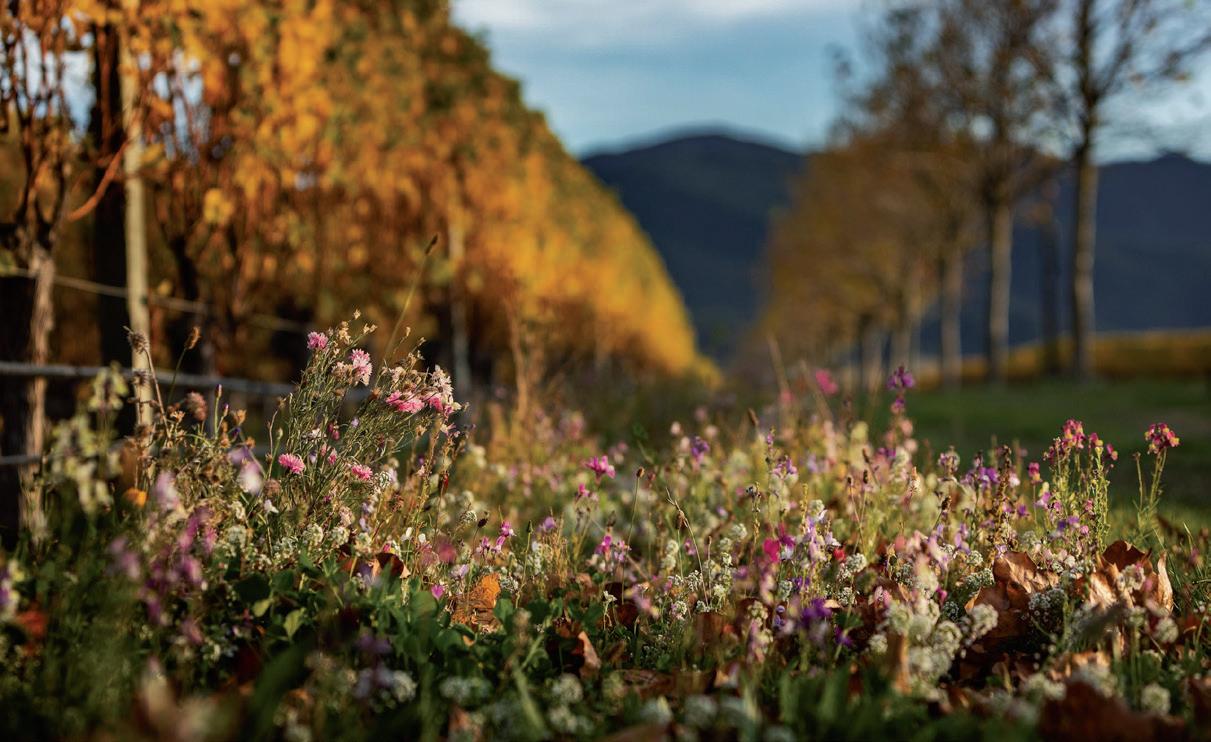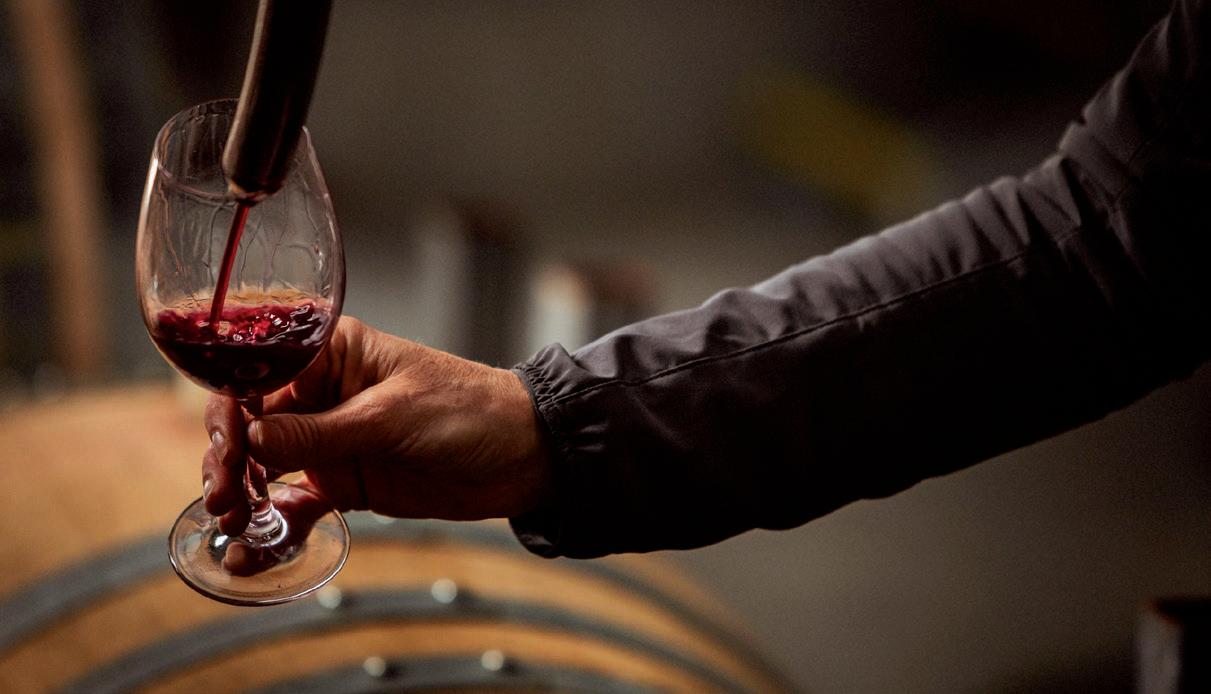
2 minute read
THE KEY TO THE PREMIUM WINE SHORTAGE
Bannockburn's exceptional terroir rivals the world's top wine regions for producing this varietal. There is a significant export opportunity for wines from this area within the superpremium segment."
Breau said that Bannockburn, New Zealand's latest wine-producing region to be registered as a wine geographical indication (GI), is essential in raising its global profile and protecting its brand.
A geographical indication was a sign used on wines and spirits from a specific location with quality, reputation or other characteristics linked to that location.
"Pinot Noir is a susceptible grape, and only a few parts of the world possess the climate variation and inclination of slopes relative to the sun - as well as the requisite terroir (soil quality and growing conditions)."
Anne Escalle, Akarua's general manager, said that the cooperation in other winemaking regions has also seen the introduction of innovative new technologies to protect their crops.
French winemaker and CEO of Edmond de Rothschild Group, Baroness Ariane de Rothschild, is in New Zealand to oversee the establishment of the company's first organic wine production facility, Akarua. The CEO also wanted to learn from and work collaboratively with other regional winemakers to raise Bannockburn's international profile.
Madame de Rothschild identified growing conditions and soil quality in Bannockburn, a 350-hectare area of Central Otago, which could be the key to addressing the global shortage of super-premium wine.
Madame de Rothschild shared that while they were first attracted to Central Otago for its exceptional terroir, there is growing recognition that the region has a crucial role in helping meet global demand in the premium wine segment.

"We know the global market for Pinot Noir is multiplying, and Akarua is a key strategic vineyard for Edmond de Rothschild Heritage to expand this part of our collection," said Madame de Rothschild.
Madame de Rothschild stated that working with other growers in the region as a collective can allow New Zealand to develop the international reputation of Bannockburn more effectively.
With distribution channels in 80 countries, including some of New Zealand's non-core wine markets such as Japan, South Korea, France, Switzerland, South Africa, Argentina and the United Arab Emirates, New Zealand has the opportunity to introduce Bannockburn wines to new audiences in premium hospitality venues around the world.
Boris Breau, Bordeaux-based managing director of Edmond de Rothschild Heritage Wines, shared that Bannockburn's soil and climatic growing conditions are on par with the world's best for Pinot Noir. Breau believed New Zealand's biosecurity controls had insulated it from many diseases and insects that have constrained wine production worldwide.
Breau stated that key wineproducing regions worldwide could not meet global demand, which has significantly increased prices for premium
Breau shared that New Zealand had a distinct advantage in that its border controls have successfully prevented the introduction of several invasive insect species and diseases - which have devastated wine-growing regions worldwide.
New Zealand is one of the few remaining wine-growing countries in the world where the grape phylloxera, an aphid-like pest, has not decimated vines to the point where they are all grown from grafts.
Internationally, Breau revealed, species like this have become so pervasive that some countries are now decreasing the planting of vines and moving to alternative fruit crops.
"While a relatively new producer of Pinot Noir,

"Internationally, the collaboration between growers in a geographic indication extends beyond the marketing of a regional brand and can also cover the exchange of knowledge, research and development and best practice among local winemakers."
Escalle shared that this model can see resource sharing and adopting new technologies to protect vines. For example, helium balloons can carry a payload of hygroscopic salt. With its storm cell detection radar, it could detect weather events that may threaten the region.
Coordination across a geographical indication would allow centralised control of the technology, which can be launched into the atmosphere using a mobile device to mitigate the impact of hail.











